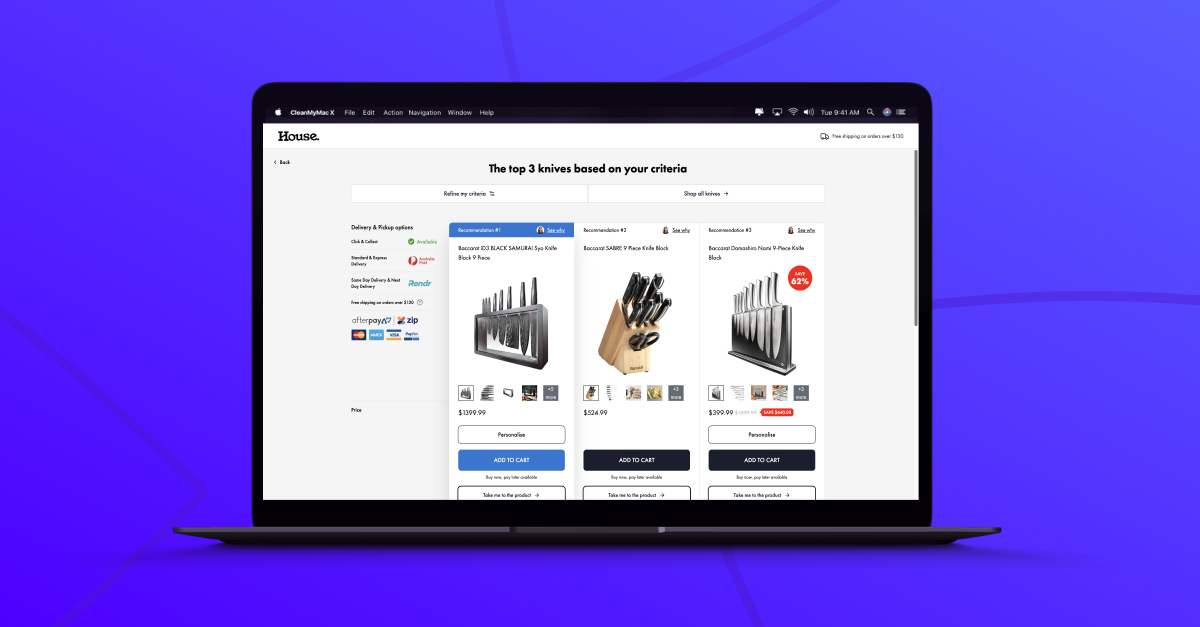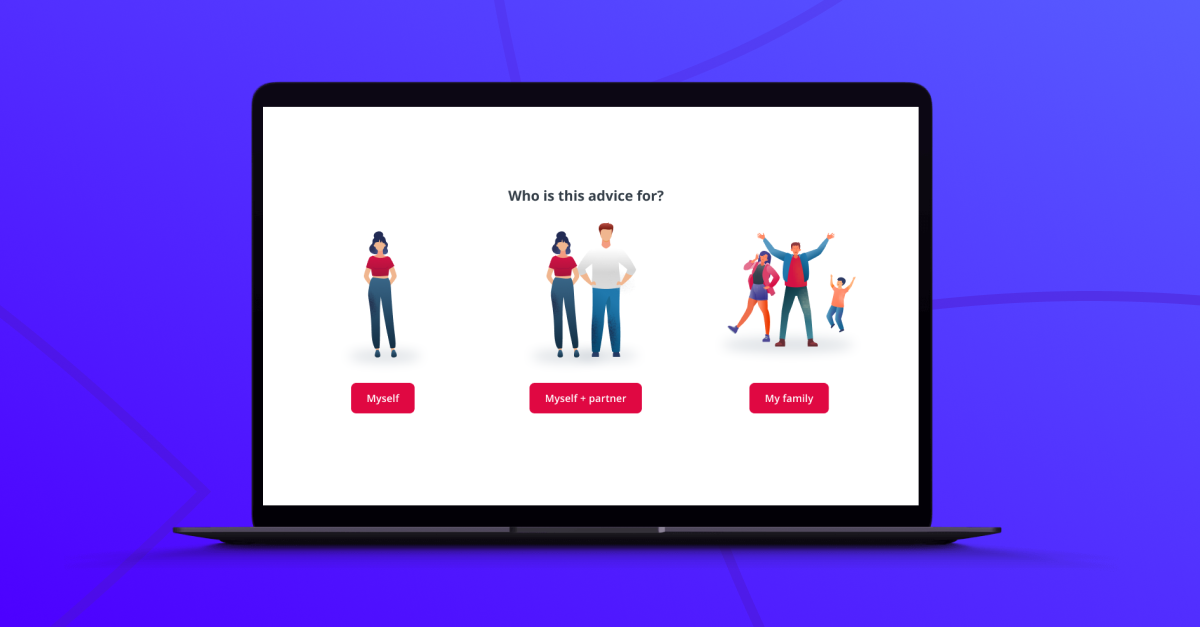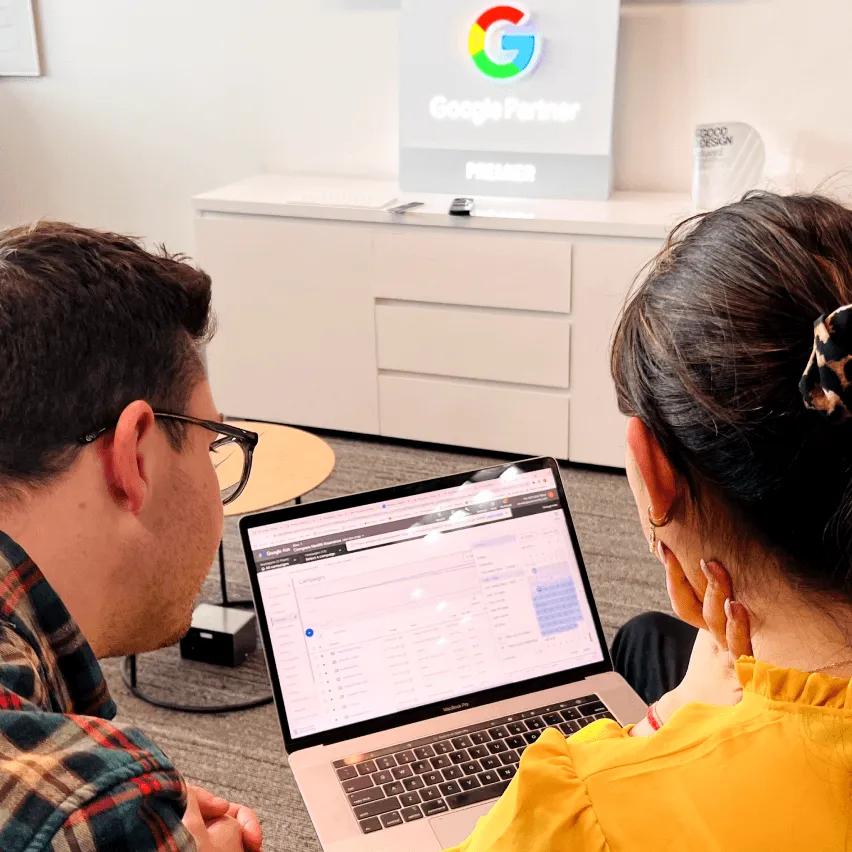Segmentation
Segmentation is how we slice and dice our audience into distinct groups based on shared traits or behaviors. It’s the secret sauce that lets us tailor experiences to specific subsets of users, making our marketing more relevant and effective.
How it works:
When I’m diving into segmentation, I’m essentially playing detective with user data. I’m looking for patterns that help me group users in meaningful ways. This could be based on:
- Who they are (demographics)
- What they care about (psychographics)
- What they do on our site (behavior)
- Where they are in their journey with us (lifecycle stage)
Once I’ve identified these segments, I can craft targeted strategies for each group. It’s like having a conversation with different friends – you adjust your tone and topics based on what you know about them.
Why you should use it:
I can’t stress enough how crucial segmentation is for conversion optimization. Here’s why I swear by it:
- It makes your marketing messages hit home
- Users engage more when content speaks directly to them
- Conversion rates go up when experiences are tailored
- You can focus your budget on your most valuable segments
- Customers stick around when they feel understood
How to get started:
Here’s my tried-and-true process for getting segmentation off the ground:
- Dive deep into your audience data
- Look for the characteristics that set groups apart
- Create your segments based on these insights
- Develop strategies that speak to each segment
- Set up your marketing tools to leverage these segments
- Keep testing and refining – segmentation is never “done”
How it complements personalization and funnels:
In my experience, segmentation is the backbone of effective personalization and funnel optimization. It’s what allows us to create experiences that feel tailor-made for each user.
For instance, I might design different funnel paths for first-time visitors versus loyal customers. New folks might get an introduction to our brand, while regulars could see complementary products or loyalty perks.
I’ve found that segmentation really shines in full-page, guided funnels. It informs the questions we ask, the info we provide, and how we structure the flow. This way, users always see what’s most relevant to them.
What’s really exciting is how we can adjust the experience in real-time as users interact with the funnel. As we learn more about which segment they fit into, we can tweak the experience on the fly. It’s like having a conversation that gets more personalized as you go along.
Examples: I’ve seen some brilliant uses of segmentation across various industries. One that stands out is a company that segments users based on their stage in the customer journey. They show educational content to newcomers, while presenting detailed product comparisons to those ready to buy.
Another approach I love is segmenting based on user behavior. If someone’s been eyeing a particular product category, why not design a funnel that zeros in on that category and related items?
In my view, effective segmentation is an ongoing process. The more you learn about your audience, the more you can refine your approach. It’s a constant cycle of improvement that keeps driving better results.
Remember, at the end of the day, segmentation is about understanding your users better. It’s about creating experiences that resonate on a personal level. And when you get it right, it’s magical – for both your users and your bottom line.




